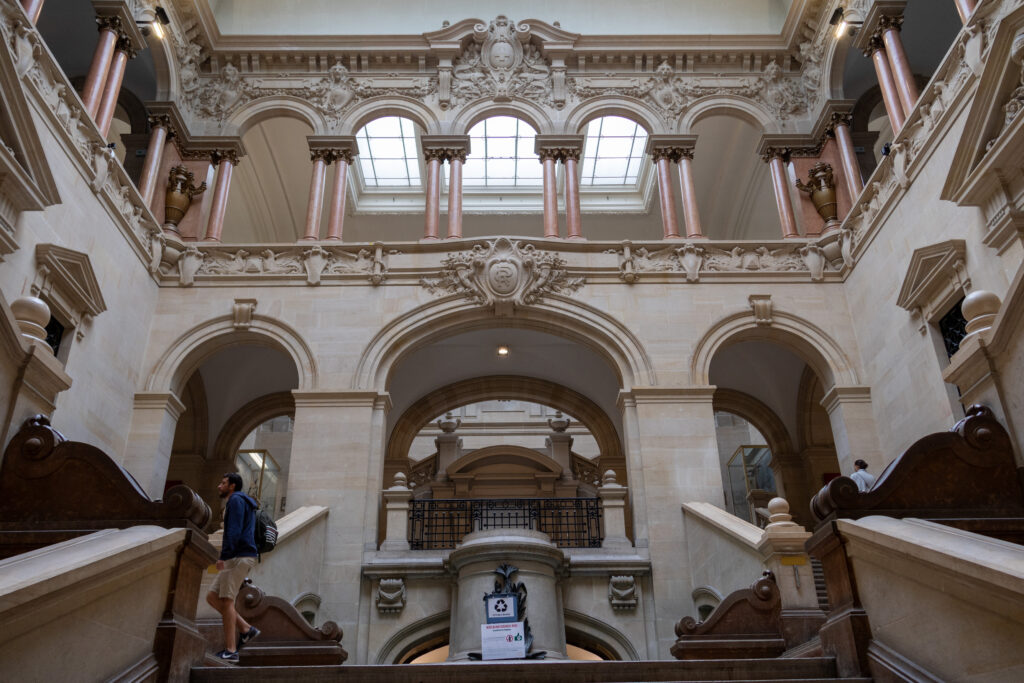It’s funny about places close to home that others travel from far and wide to visit. You don’t.
Lausanne, Geneva’s more residential, vibrant, and overall cooler cousin located in the Canton de Vaud, is less than a one-hour drive away. And yet, I only vaguely recall that one cafe we went to that one time and had that one really good cheese.
- Château d’Ouchy (doesn’t hurt)
- The Olympic Museum
- Lausanne Cathedral
- The Palais de Rumine
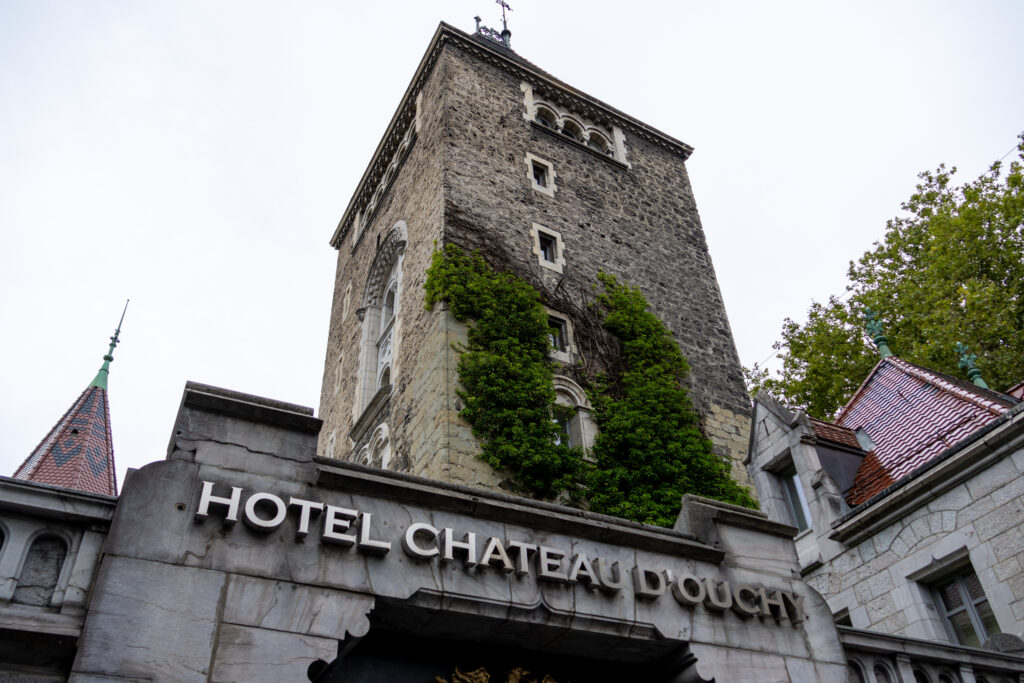
Château d’Ouchy (doesn’t hurt)
In an effort to better know Lausanne, we decided to use a gift card we generously received for our first wedding anniversary for a one night stay at the Château d’Ouchy (pronounced “uuuuu sheee” and not something painful).
The Château d’Ouchy is a four-star hotel located on the waterfront of Lake Geneva. What was once a residence for bishops in the 16th century was purchased in 1885 by Jean Jacques Mercier, a businessman who, with the support of architect Francis Isoz, transformed the castle ruins into a luxury Gothic Revival establishment, while preserving the original castle tower. According to this article, the hotel became a mecca for seduction on its upper floor. To get in, clients ordered a glass of cold milk at the bar, giving them the necessary access code to carry out sexual fantasies.
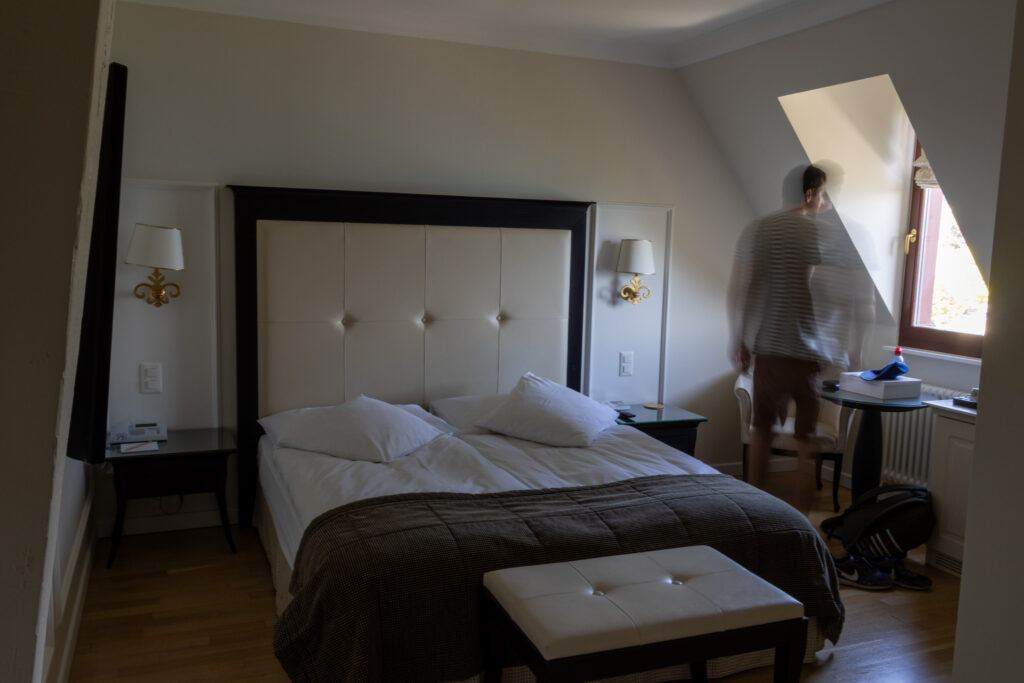
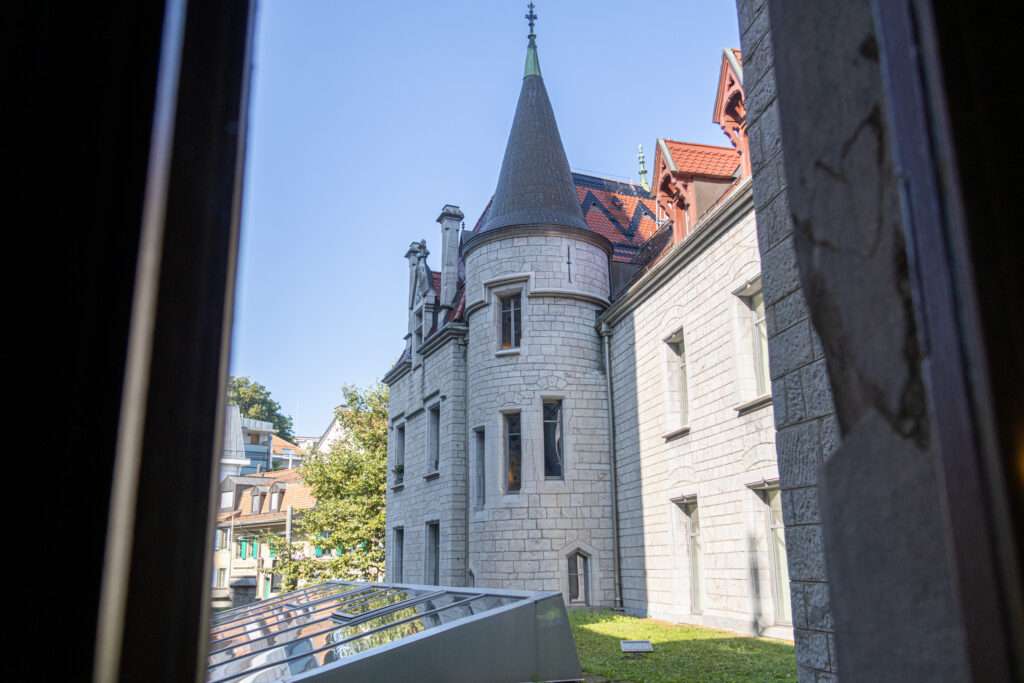
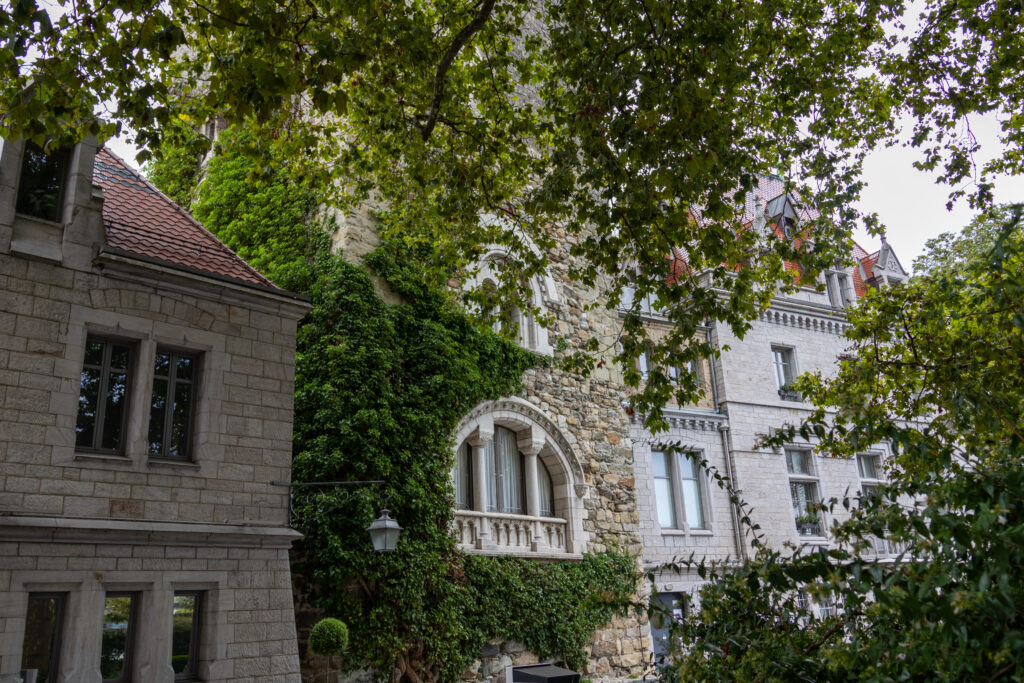
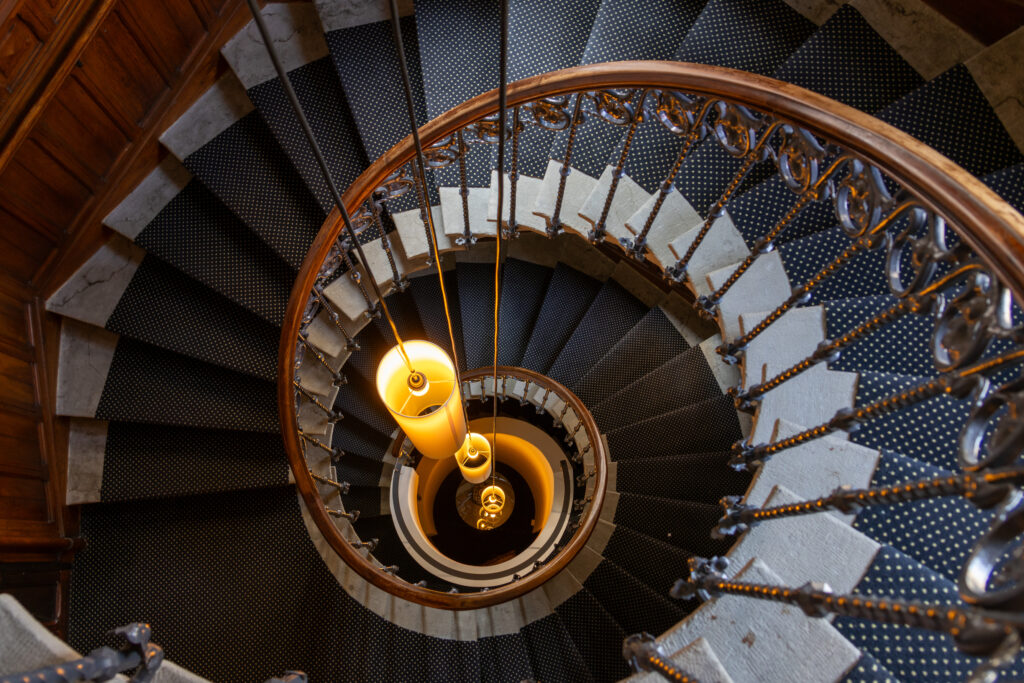

We stayed in a room overlooking Lake Geneva and those taking advantage of the last days of summer, lounging on boats underneath a cotton candy colored sky. The château has all the amenities of a 21st century hotel – including air conditioning (relatively rare in Switzerland) and wide breakfast selection. Between choosing detox green juice or freshly squeezed grapefruit, listening to Anglo-Saxon guests sporting designer watches, I felt a bit as if we were in a scene from White Lotus.
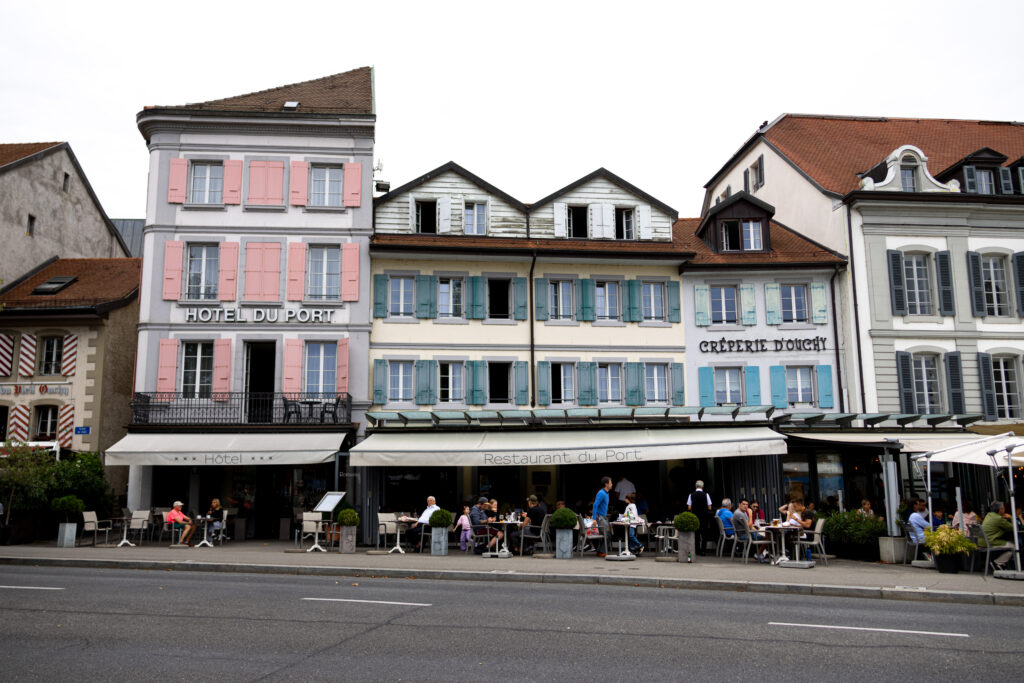
The Olympic Museum
I do not claim to be Sporty Spice. I despise running. I loathe weight training. I do thoroughly enjoy ballet and cabaret, however these are not considered Olympic sports. Besides this, I find the Olympic Games to be the one missing ingredient in a turbulent world which brings countries collectively together in a peaceful manner. At the more recent games hosted in Paris, it seemed that the city’s ongoing tense political restructuring including both the far right and left were briefly put aside in favour of pleasant camaraderie.
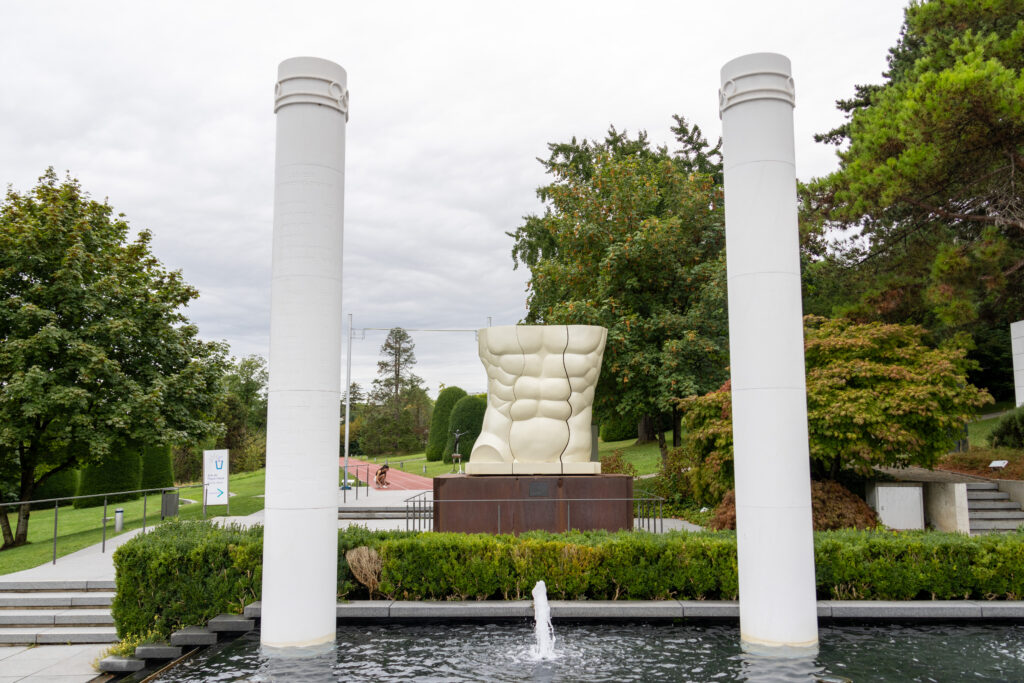
We unintentionally walked along Lake Geneva to the Olympic Museum during the city’s triathlon. Athletes sped past us, muscles pulsing, dripping in sweat, feet pounding on concrete to the rhythmic sounds of crowds shouting “allez, allez, allez.” The atmosphere only heightened our eagerness for the exposition that lay ahead.
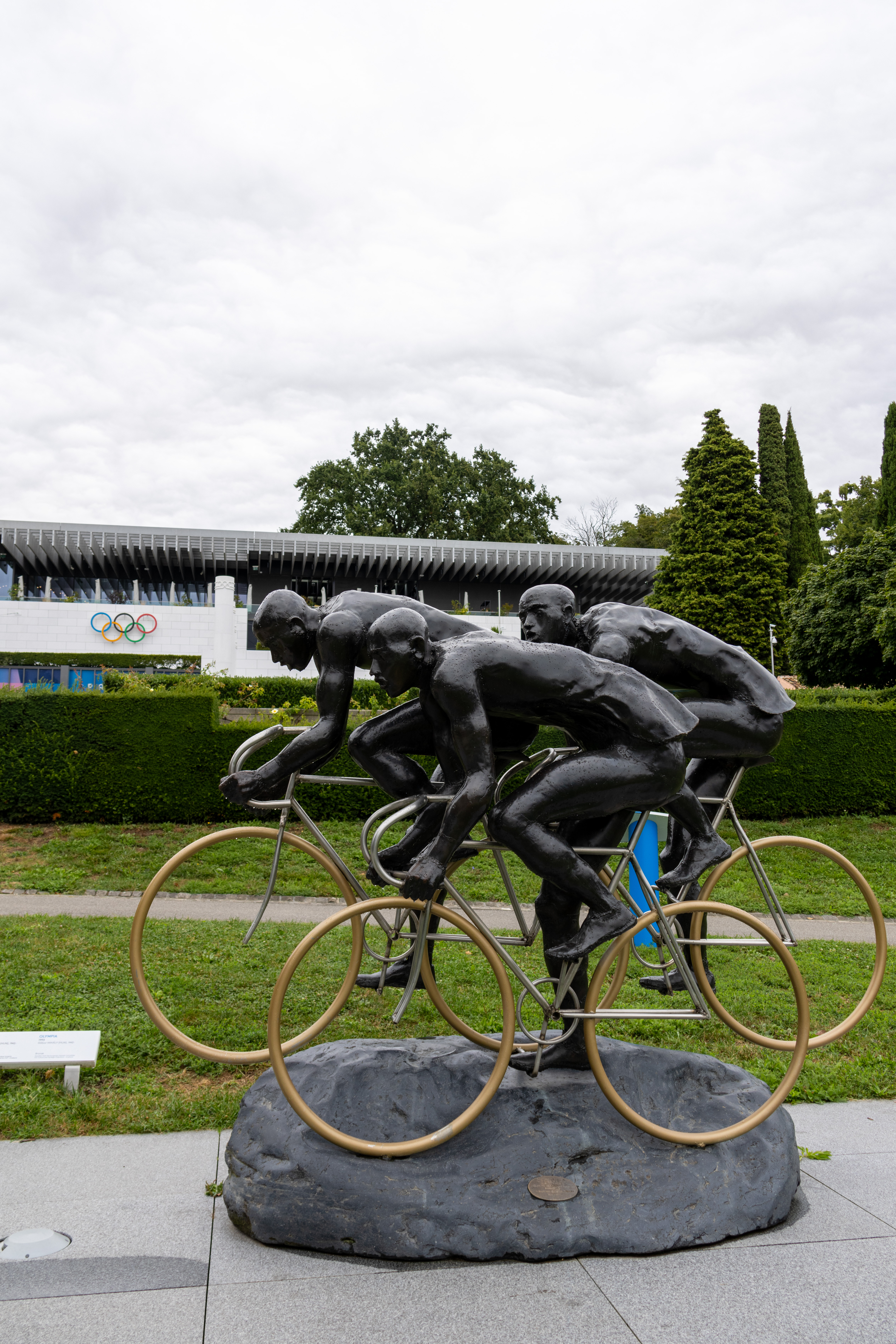
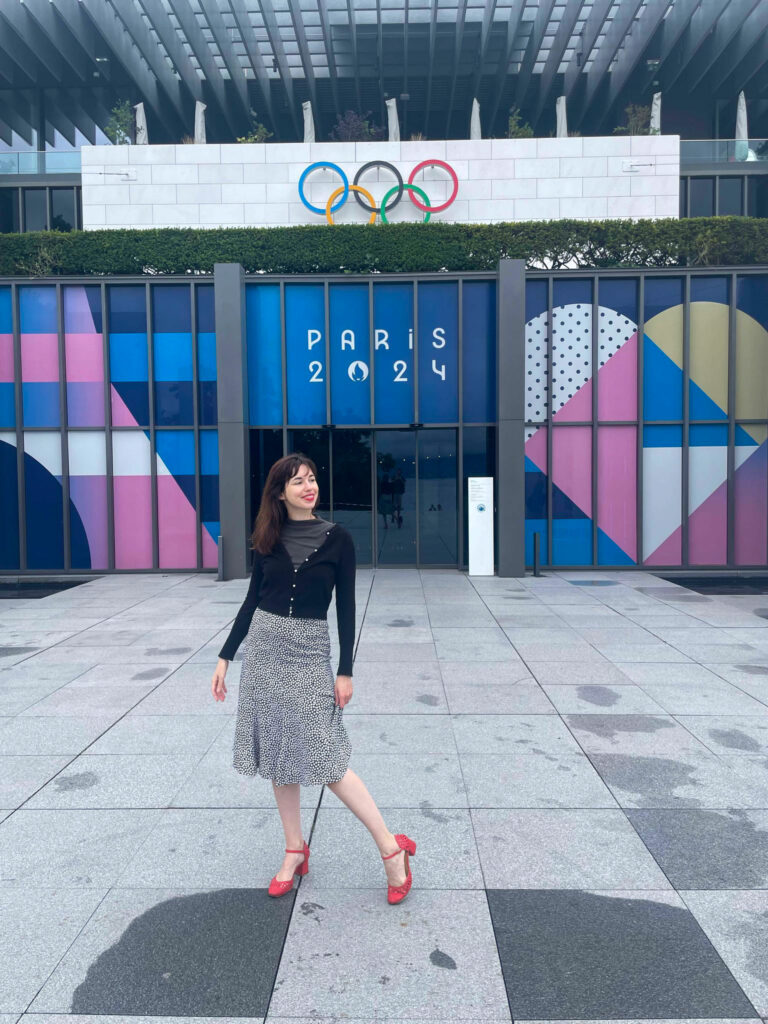
While the first written records of the Olympics date back to 776 BC, the games were revived by French Baron Pierre de Coubertin in 1894. The first home of the International Olympic Committee (IOC) was based in Paris. In 1915, Europe was amidst World War I, and the IOC was moved to Lausanne, a city which de Coubertin felt would provide a more stable environment being located in a neutral state.
As our visit took place shortly after the 2024 Paris Olympics, the museum was full of timely elements recently seen during the games on television, including the ruby red mascot, a Phrygian cap worn during the French Revolution to symbolize liberty, and medals from the Paris Olympics, each made with an original piece of iron from the Eiffel Tower.

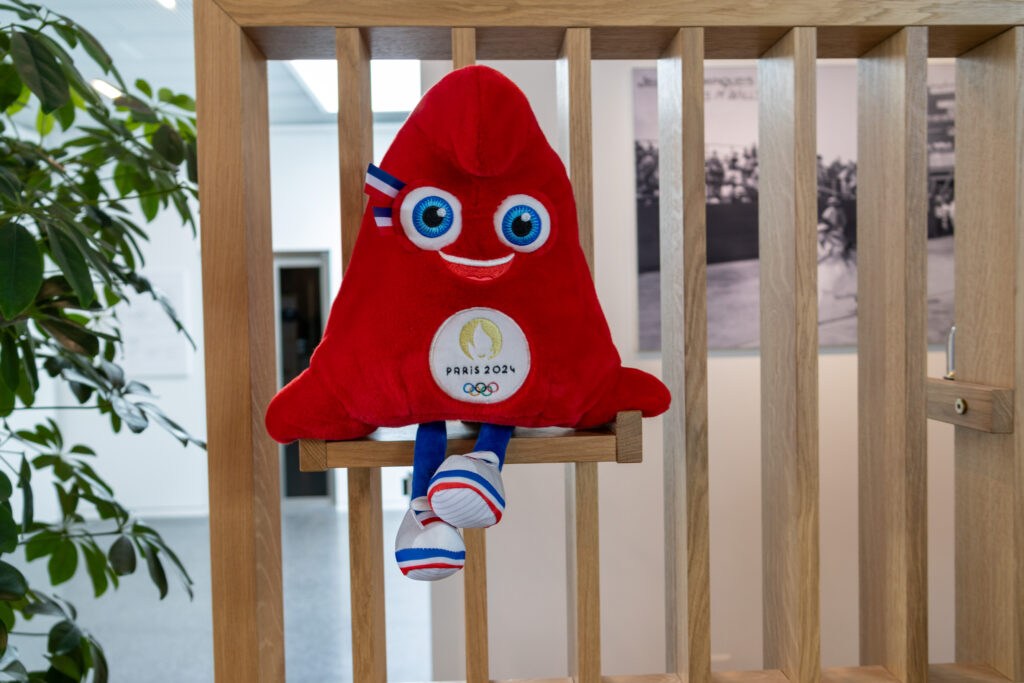
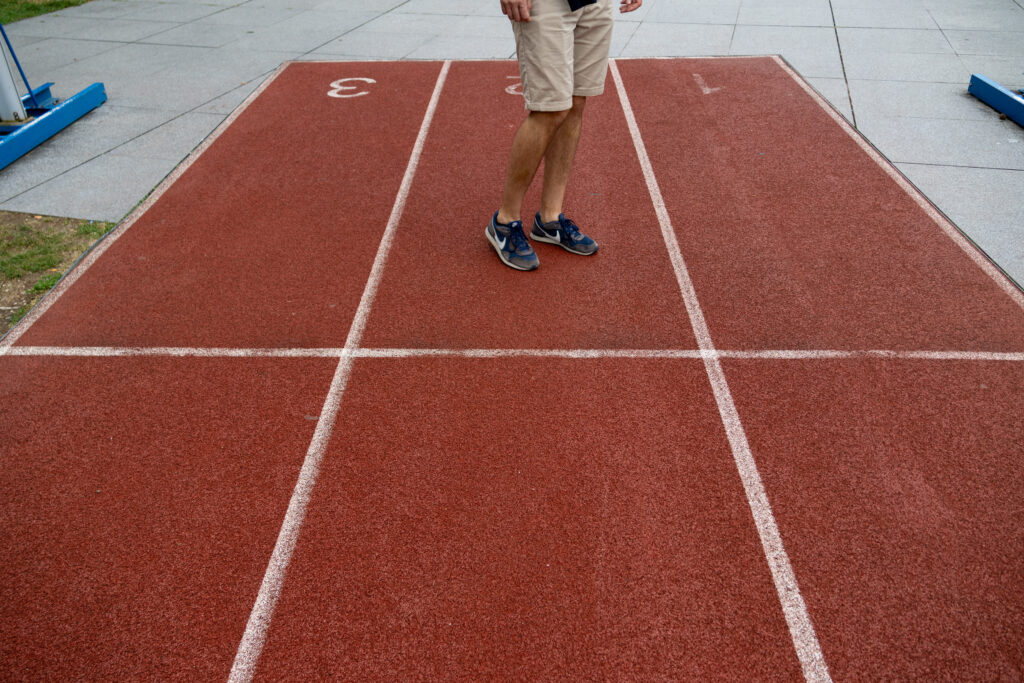
The museum itself is highly interactive: it shows the height of the high jump world record and the weight of the shot put for both men’s and women’s competitions. I dare even admit that I felt emotional watching a beautifully orchestrated video compilation of opening ceremonies from past Olympic games, and seeing pieces of clothing worn by Olympic athletes while watching footage of them wearing the garment during competition. Practical information to plan your visit to the Olympic Museum may be found here.
Lausanne Cathedral
They say that Lausanne locals have the best calves. Once we finish our trek uphill towards the Old Town, I can understand why. The viewpoint from the Lausanne cathedral is well worth the extra steps. Constructed in 1275, the cathedral became protestant during the Reformation in 1536.
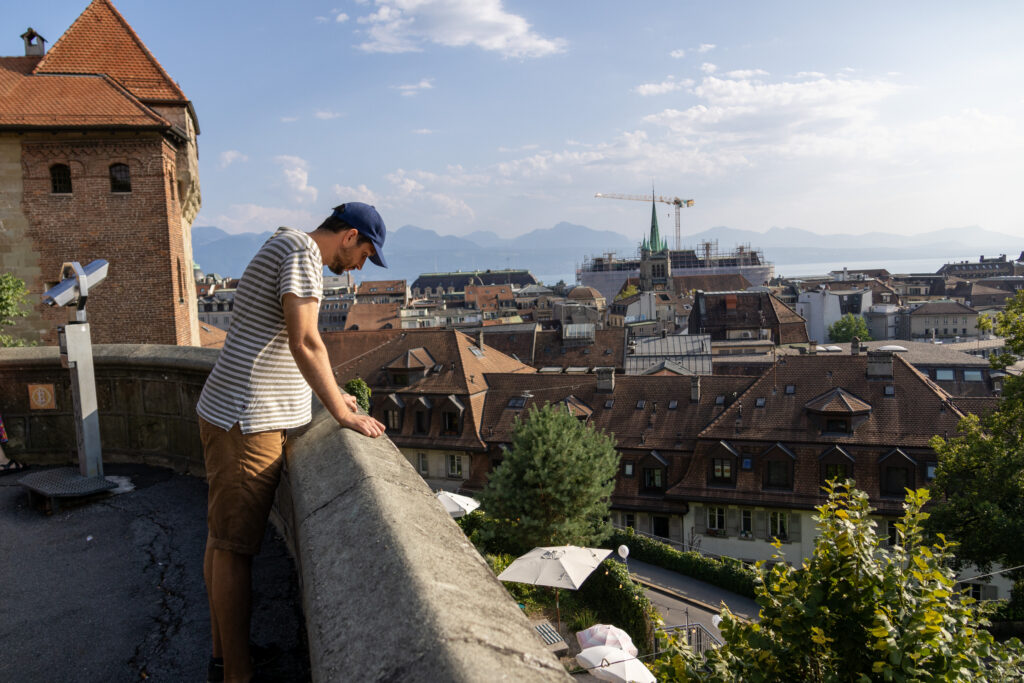

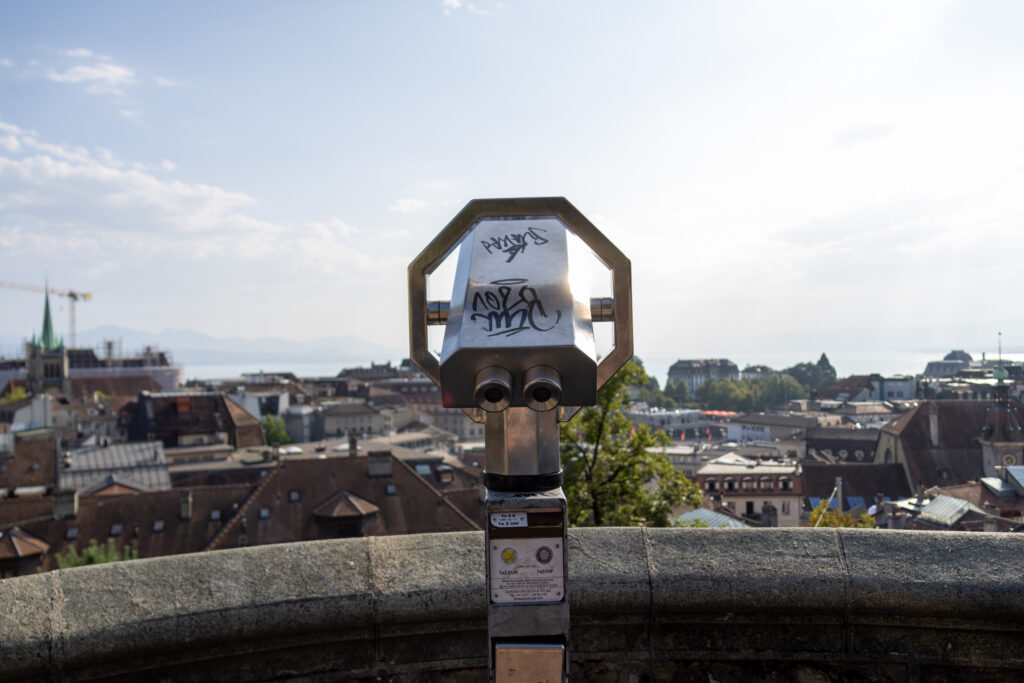
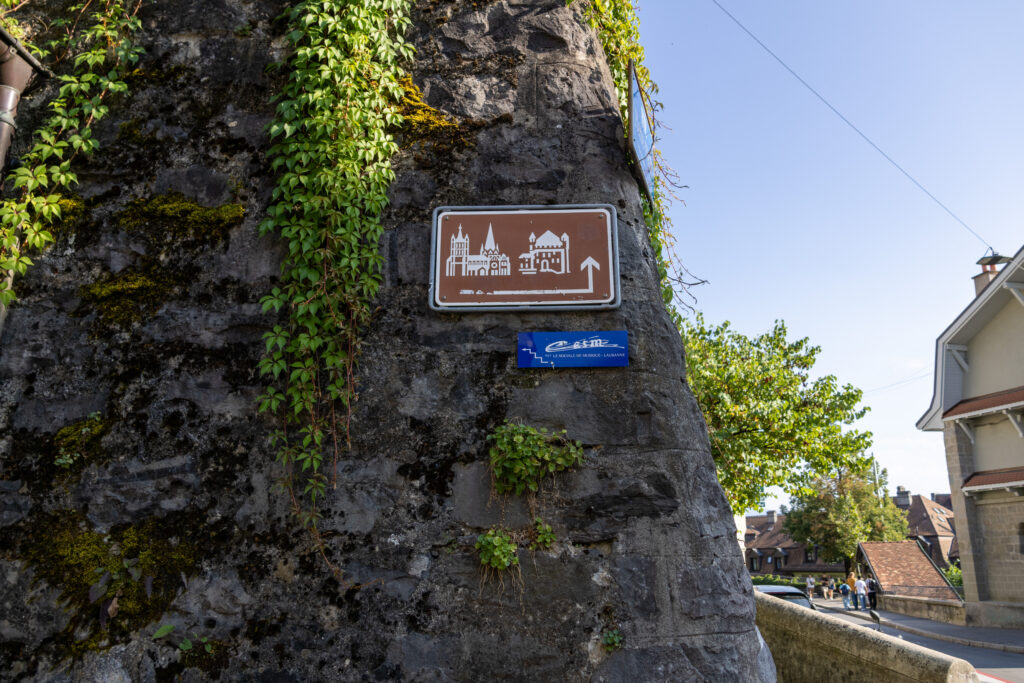
What I find particularly fascinating about Lausanne’s cathedral is that it’s one of the few places in the world where there is a night Watchman who announces the hour through cupped hands at 10:00 p.m., 11:00 p.m., 1:00 a.m. and 2:00 a.m., a tradition that has carried on for well over 600 years. Author Michael Cervin shares in this article that the tradition of the Watchman began in 1405 following a decree from the archbishop, noting that the role of the Watchman was to observe any unforeseen fires across the city from the cathedral’s bell tower, ring the bells, and announce the hour. A video on how this is done in the 21st century may be viewed here.
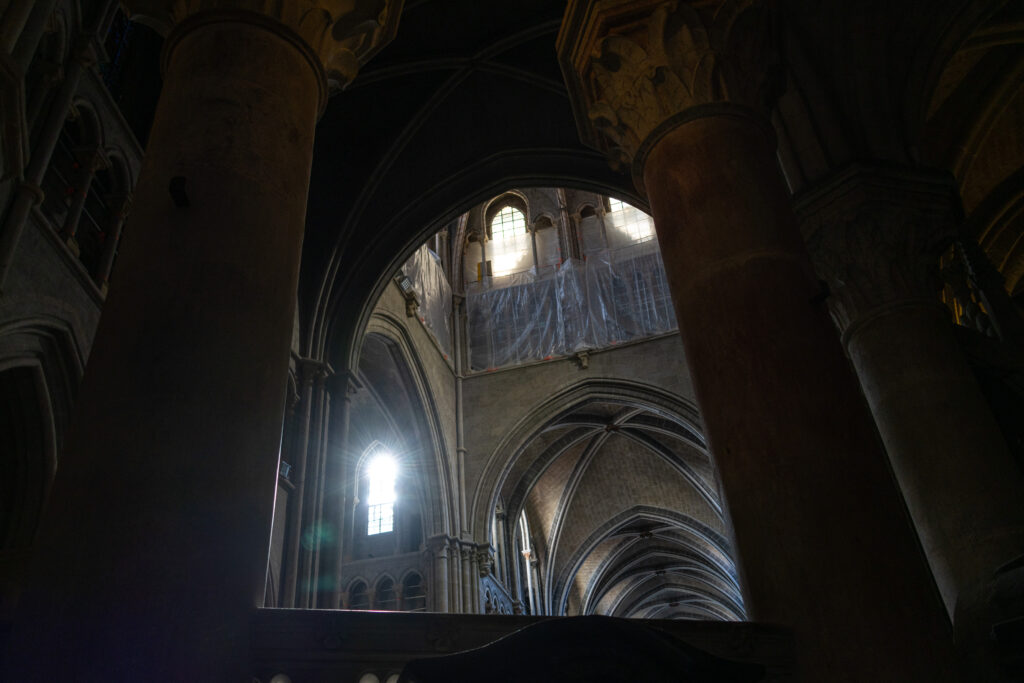
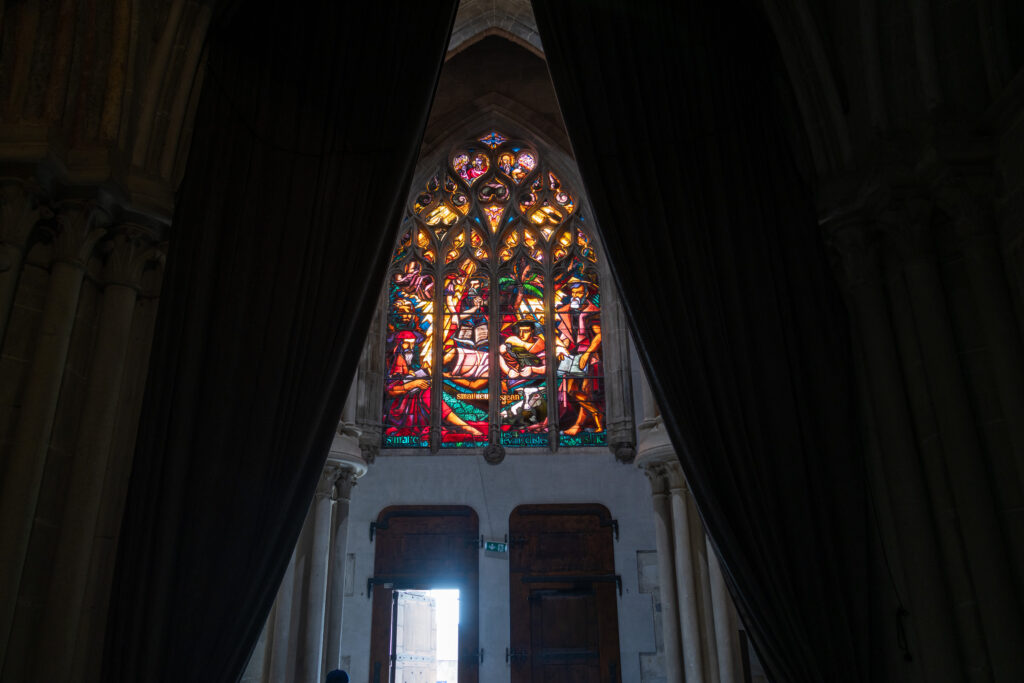
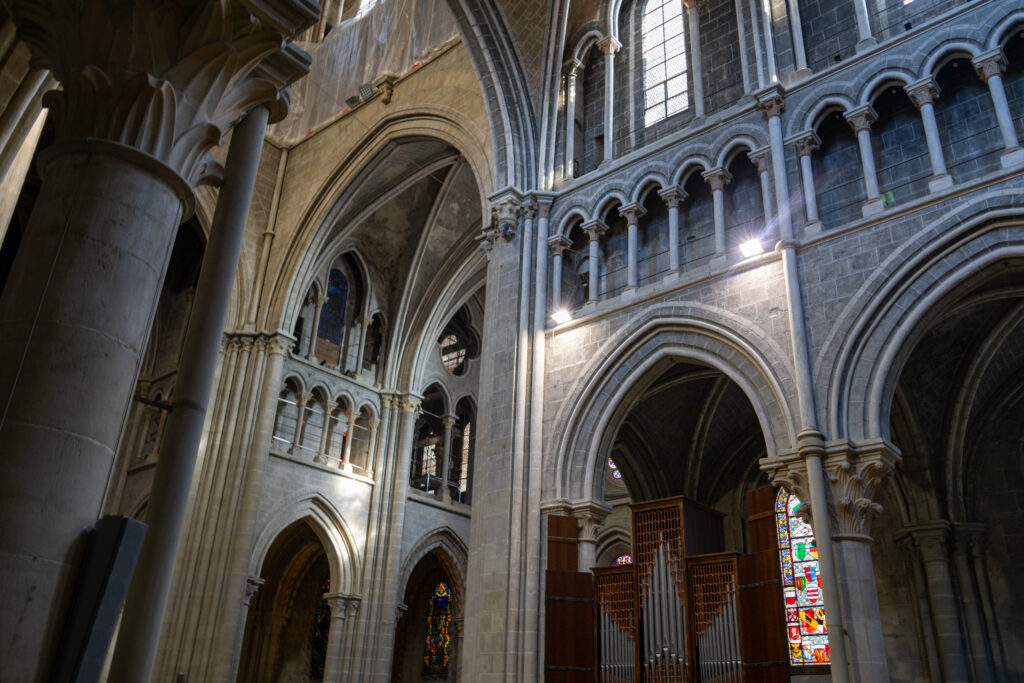
The Palais de Rumine
We concluded our trip to Lausanne by visiting the Palais de Rumine, which is home to the Cantonal Museum of Natural Sciences (geology and zoology), Museum of Archaeology and History and the University of Lausanne Library. The building itself was a former university, built following a donation of 1.5 million Swiss francs to the city of Lausanne by Gabriel Rumine, son of the Russian princess Catherine de Schakowskoy and prince Basile de Rumine, the latter having decided to care for his frail health near Lake Geneva.
If prehistoric gems and fossils of extinct marine reptiles found in the Swiss Alps do not spark your interest, the building itself is worth stepping into, both for its architectural beauty and history. Switzerland being historically neutral, the Palais de Rumine was the chosen location for the signing of the peace agreement establishing the present day borders of Turkey and Greece in 1923.
